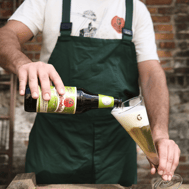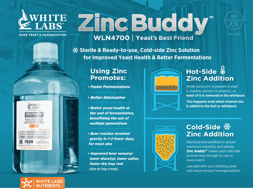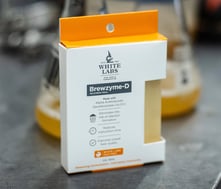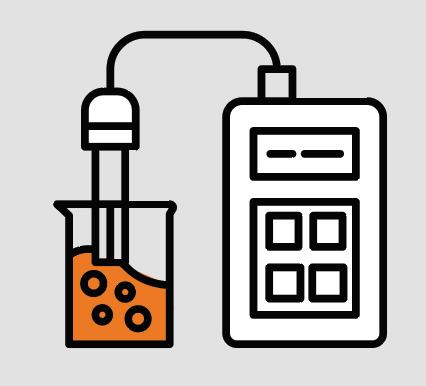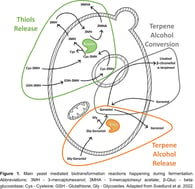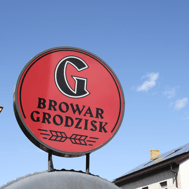
Insights from 30 Years in the Industry
Celebrating three decades of innovation and passion in the craft beer industry, Chris White shares his insights and love for the craft beer community. A Journey Through Time: 30 Years of Craft Beer Over the past 30 years, the craft beer industry has undergone remarkable changes. From humble beginnings with a handful of passionate brewers,…
Read more
